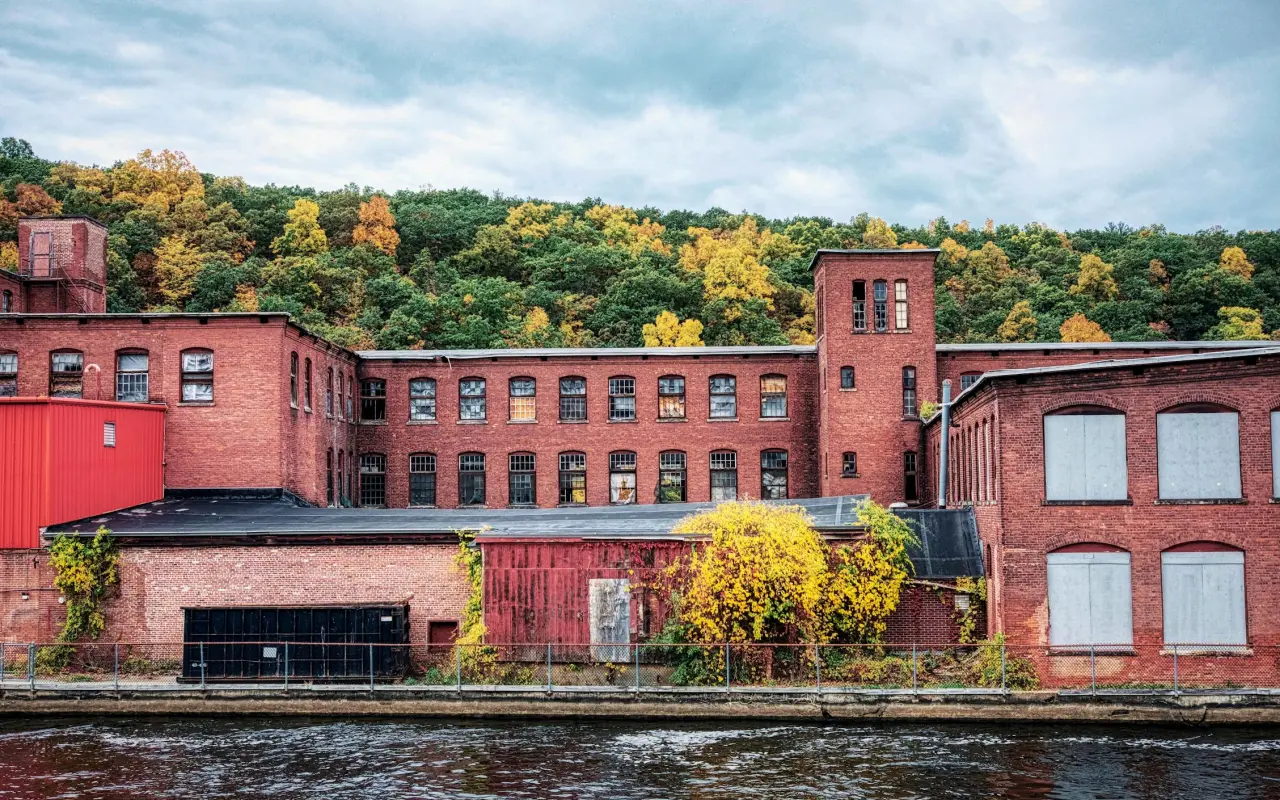The adaptive reuse of historic industrial sites presents unique opportunities and challenges to breathe new life into built heritage while promoting sustainable development. Opportunities, and conversely challenges too, abound in ensuring that the cultural significance and historical value of these sites are preserved.
Through research and experience, we’ve identified several key considerations and best practices when considering industrial heritage redevelopment projects.
Heritage challenges can be managed by understanding the site’s heritage significance
This includes not only the tangible aspects, such as the buildings, machinery, and physical structures, but also the intangible elements, like the site’s historical context, cultural associations, and social significance. For example, local intangible heritage connections, such as traditional craftsmanship and manufacturing processes, are often overlooked. They way people lived was also deeply connected to their work and where they lived. Engaging with local communities and consulting with heritage experts can provide invaluable insights into these aspects.
Example: The Ancoats District in Manchester, UK, is a prime example of a historic industrial area that has undergone significant redevelopment. The area’s cultural significance and working-class heritage were important aspects of identity for local residents.
Integrate heritage conservation from the start
Too often, heritage conservation is treated as an afterthought, leading to fragmented and ineffective preservation efforts. Heritage conservation can be integrated into the decision-making processes from the very beginning, informing every stage of the project lifecycle.
Tip: Involve heritage specialists and conservation experts early on, as part of multi-disciplinary working to balance design strategies for adaptive reuse and redevelopment within historic settings. This approach maximises conservation opportunities and minimises conflicts as projects progress.
Foster meaningful community engagement
Local communities often have deep-rooted connections to industrial heritage sites, and their input and involvement are crucial for successful redevelopment projects. Effective community engagement not only helps preserve cultural significance but also contributes to architectural merit, placemaking, and the delivery of locally relevant public benefits.
Tip: Community involvement in heritage conservation is considered part of sustainable development by contributing to the cultural and economic vitality of local communities.
Balance sustainability and heritage conservation
Sustainable development and heritage conservation are complementary. Reusing existing building stock can significantly reduce embodied energy and carbon emissions compared to new construction, while sensitive retrofitting can improve operational efficiency. Explore innovative solutions that balance heritage conservation with sustainable practices, such as incorporating renewable energy sources, implementing energy-efficient systems, and utilising eco-friendly materials that respect the site’s historical character.
Embrace adaptive reuse and placemaking
Industrial heritage sites often have unique architectural features and spatial qualities that can be repurposed and celebrated through adaptive reuse. By embracing these elements and incorporating them into the redevelopment design, developers can deliver ready-made distinctive, character-rich spaces that contribute to a sense of place and community identity.
Example: The Zollverein Coal Mine Industrial Complex in Essen, Germany, is a UNESCO World Heritage Site that has been transformed into a remarkable example of adaptive reuse. The site’s industrial structures have been repurposed into museums, exhibition spaces, and cultural venues, while preserving the site’s industrial character and historical significance.
Contact: Mary at mary@archwayheritage.co.uk for advice.


No Responses